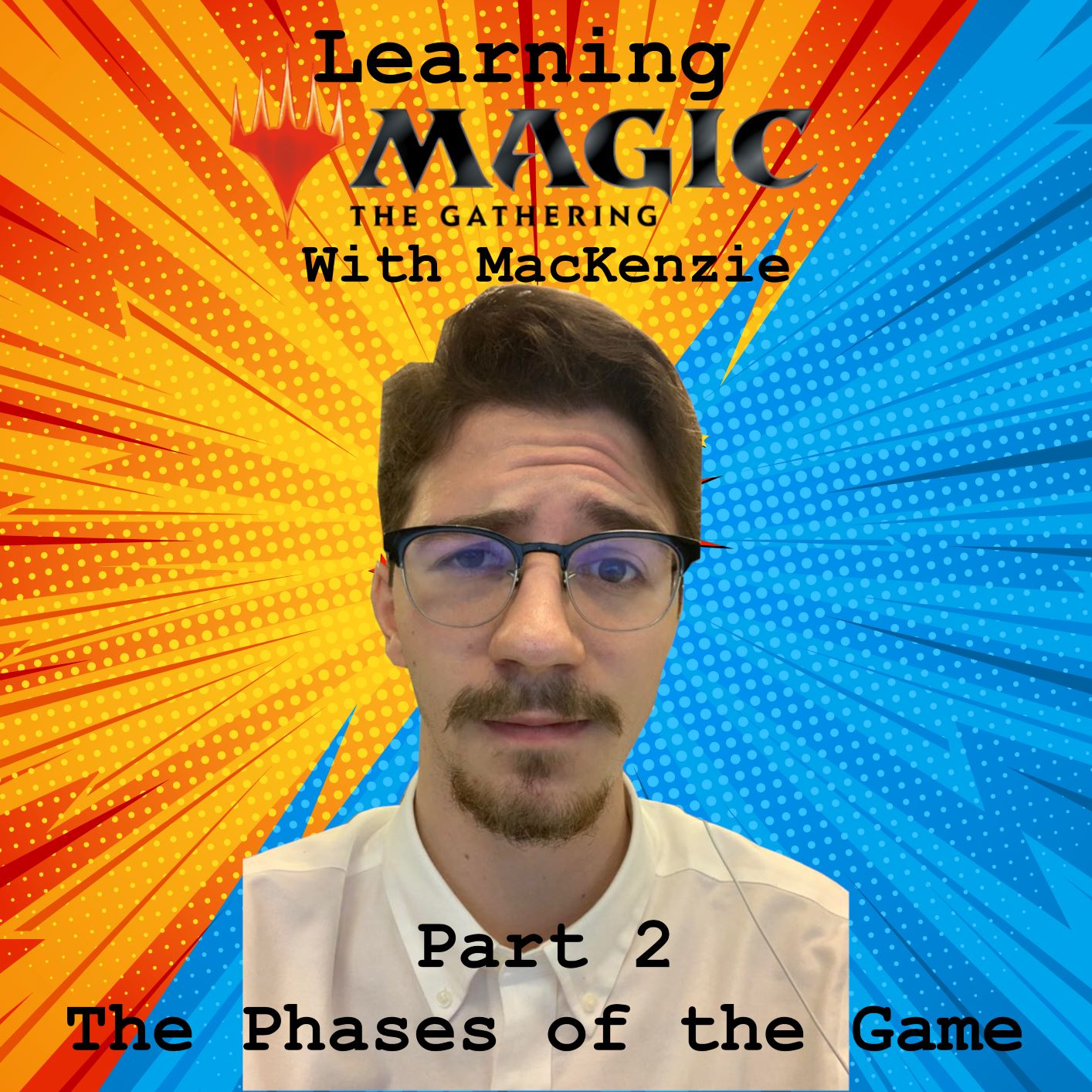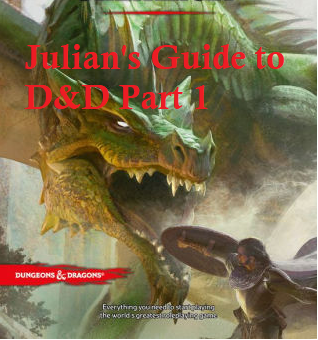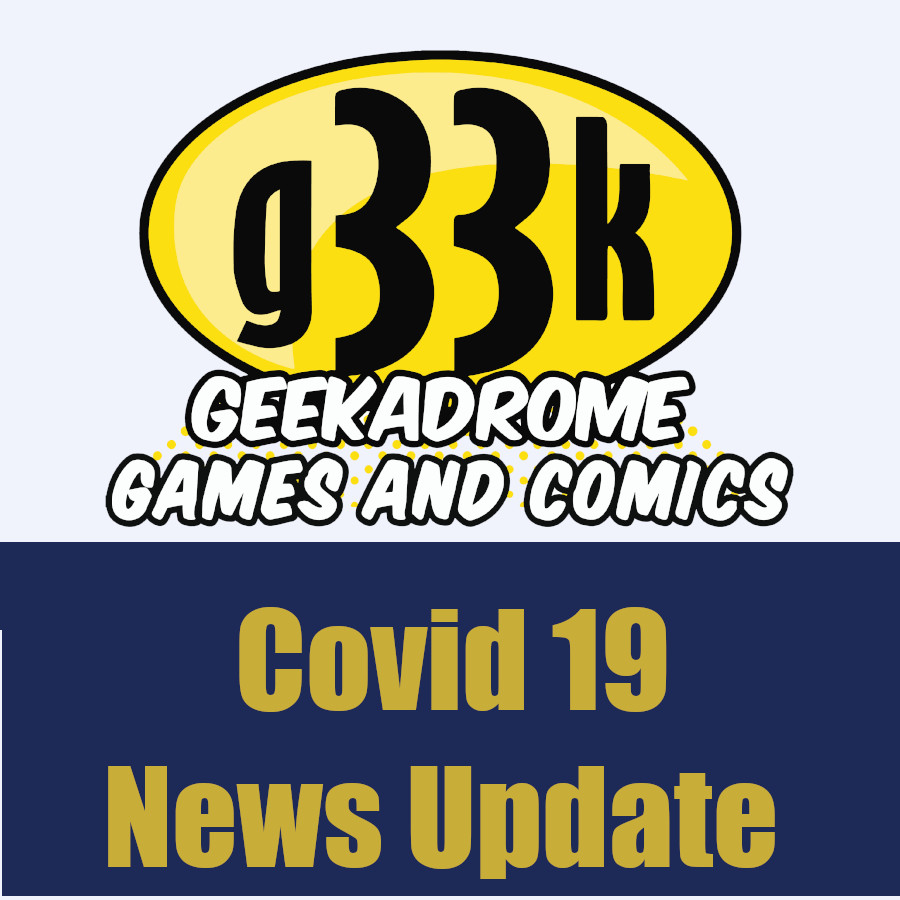
Greetings magic players! Last time we met I told you a lot about the basics of Magic, the color pie and card types. Today we will go a step further. We will be talking about the game itself, the “phases” of the game, and talk a bit about different formats within the game.
Magic the gathering’s main formats all require a 60 card minimum for their deck to be legal, this includes Standard, Pioneer, Modern, Legacy, and Vintage. Those terms are likely foreign to you at this point, but by the end of this article you will understand the different formats well enough to decide what type of magic you would like to play and even to educate your friends too. Back to the deck itself, these 60 card decks generally have a sideboard of 15 cards, cards that you are allowed to change into that main 60 card deck during 2nd and 3rd games in tournament play. These cards allow you to change your deck to help defeat specific strategies or gain the upperhand in a different way than your main 60 card deck would. In the previous article I went into what makes up the deck itself, but today we will be talking about actually playing the game using this 60 card deck you’ve built!
Your deck is built and you are prepared to battle against your friend or if online against a random person. You want to make sure you are doing everything according to the rules of course, but how do the turns play out? There is a very useful graphic that Wizards of the Coast produces to help explain this.
This is the most basic formula for a turn order; with every turn following this general outline throughout the entire game. (If need be, you can print this out to help)
First, your Untap Step occurs, allowing you to untap all the permanents currently on the battlefield at that time. (If this is your first turn of the game, you likely won’t have anything yet. But it’s still good to remember)
Second, is your Upkeep, allowing certain effects to occur before your draw phase occurs. These can be effects your opponent has or you yourself have. An example would be a card that says: “At the beginning of your upkeep draw a card.”
Then comes your Draw phase. When you draw a card for the turn, every turn. There are certain cards that have an affect after you draw your card for the turn. An example of this would be a recent card type called “Saga’s,” having an ability that occurs after you draw your card for the turn by adding a counter to themselves, but before your Main Phase.
Then comes the Main phase. This is where the majority of your casting of spells will occur. Plus, this is where you get to play your one land per turn, allowing you to cast the spells in your hand over time. You can cast certain card types only during your main phase, while other ones can be cast at any time. Sorceries, Planeswalkers, Enchantments, Artifacts, and Creatures are the main card types that can only be played during your main phase. There are certain “Keywords” that get around this timing restriction, but we will go over those later.
You then move to your Combat Phase. This is when you decide which creatures you want to attack your opponent with if any. Within this phase, there are several smaller phases where your opponent has time to act and react to your actions. These are; declare attackers, declare blockers, damage, and post combat.
Main Phase two comes next. You gain the ability again to play spells as you would during your First Main Phase. This allows you to play spells you did not during your first main phase, but it is exactly the same as the first main phase otherwise.
You then move to your end step, which also has small phases within it. You go to your end step, where certain abilities will occur, for example a card can say “At your end step, Exile this creature.” These types of abilities will all occur here, then there is a cleanup phase, where if you have more than 7 cards in hand you will need to discard a card from your hand to allow the game to progress to your opponent’s turn.
Now that all of those phases have passed, it is your opponent’s turn! They get to move through the same process you just did and play out their hand just as you have. This process will allow the game to progress and, hopefully, bring you victory over the course of several turns!
Understanding the phases of the turn is the first step to actually playing a game of magic; the intricacies of this are numerous though. Whether that be timing activations of abilities, casting of spells, or creatures attacking in; these play patterns help to make the game as enjoyable of an experience as it is, allowing for different dynamics to occur every time you pull out a deck of cards. But now, we move on to formats, and helping you to choose how you want to play the game!
Formats
There are a large number of Magic formats to choose from and play; with some following the standard format of 60 cards with a 15 card sideboard, other’s with 100 cards decks that only allow for 1 of any card! These formats all contain a separate set of rules or card pools, the different cards legally allowed to be played within that format.
(This leads me on a small tangent, in most formats 4 of any card, other than a Basic Land, are allowed in any deck. This means that I can only have 4 of a card named “Llanowar Elves,” but I can also have 4 of “Llanowar Tribe” since they have different card names. This allows for the gameplay in each game to have an element of variance that it wouldn’t have, if you were allowed to have any number of a card in your deck. There are certain cards that break this rule by literally having the text “You may have any number of this card in your deck.” There are formats that do not allow this, such as Brawl, Commander, and a few others, but those do not relate to the main competitive formats we will be talking about today.)
Standard is the constructed format of choice for most new players, as this entails only the most recent cards that have been released into Magic the Gathering. This format includes sets from the last 2-3 years, with the list being updated as new sets are released and old sets rotate out (losing legality within that format.)
Don’t worry though, those cards that rotate out of standard have moved into the next format, Pioneer. This format includes cards from the set “Return to Ravnica” onward, this is a set that was released in October of 2012, so any sets produced into the Standard cycle of sets is legal to be played in this format.
If you come across cards that came out before this and want to play with them then Modern may be the format for you. This format includes all Standard Cycle sets from July 2003 in “Eighth Edition” to today. This format also includes a supplemental product in its legality in the name of “Modern Horizons”. The first supplemental set ever printed directly into the modern format!
Now, if you have cards ranging back to the beginning of Magic the Gathering’s existence, whether this be from your parents playing, or an older sibling or friend etc, then Legacy or Vintage could be your format of choice. These formats allow you to use cards back to Magics inception with a few restrictions. Legacy and Vintage are the more “powerful” formats, since they include such a wide range of cards you can use. Also within these formats you are allowed to use any cards printed in Magic’s long history, this means cards from any supplemental set not printed into the Standard Cycle. This allows players to play with cards in competitive formats they wouldn’t be able to otherwise.
These are not all the formats one can play, but these are the most competitive ones out there currently. There are more casual formats such as Commander, Brawl, Oathbreaker, Historic, Etc. which all include their own ban lists and rules, which we will go into another time, but for now we are focusing on competitive formats, as those are what most Local Game Stores (like Geekadrome, hint hint) hold events for and what you can currently play online.
Each of the above formats have their own banned list, cards that you cannot play in the format for a number of reasons, as well as Vintage having a restricted list, cards you can only play a single copy of in your deck. These rules help to regulate the competitive formats so that any number of decks you decide to build are viable/ can have a chance of doing well at any given time. Keep this in mind when building your first deck for your chosen format, it isn’t a good time to show up at your local game store hoping to play a few games just to have the deck you wish to play have illegal cards within it. To check that, please use the link here.
Anyways, thank you for reading and I hope you’ve learned a little more about how to play Magic the Gathering this week. We will be back soon! If you have any questions in regards to my article or about Magic in general, do not hesitate to send me an email and I will do my best to help!








